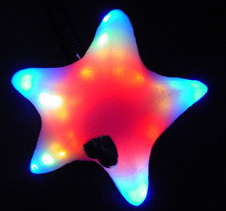 Two recently published reviews on the treatment of migraine outline the role for CAM.
Two recently published reviews on the treatment of migraine outline the role for CAM.
For the management of migraine in children, Professors Umberto Balottin and Cristiano Termine, who are from the Child Neuropsychiatry Unit at the University of Insubria and Macchi Foundation Hospital in Varese, Italy conclude,
- “For the prophylaxis of migraine, interventions such as identification and avoidance of trigger factors, regulation of lifestyle, relaxation, biofeedback, cognitive behavioral treatment and psychological or psychotherapeutic interventions (eg, psychodynamics) could be much more effective than pharmacotherapy.
In a pharmacy continuing education article, Dr. George DeMaage from Ferris State University, College of Pharmacy in Michigan states,
- “The United States Headache Consortium (USHC) provides evidence-based information on the use of nonpharmacologic therapies in the treatment of migraine headaches. The guidelines are based on results of meta-analysis data, suggesting that cognitive-behavioral programs including stress management and biofeedback are effective in migraine prophylaxis. Additional meta-analysis data reported that biofeedback in combination with relaxation was similar in efficacy to beta blockers in the prevention of migraine.”
A summary on the use of biofeedback is available here.
4/13/07 19:48 JR